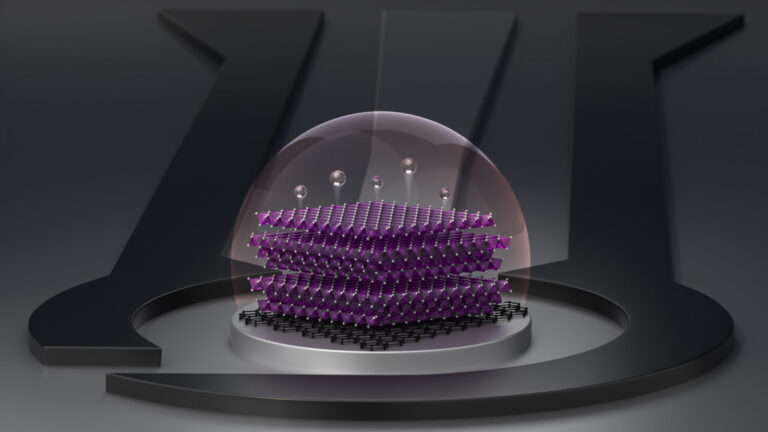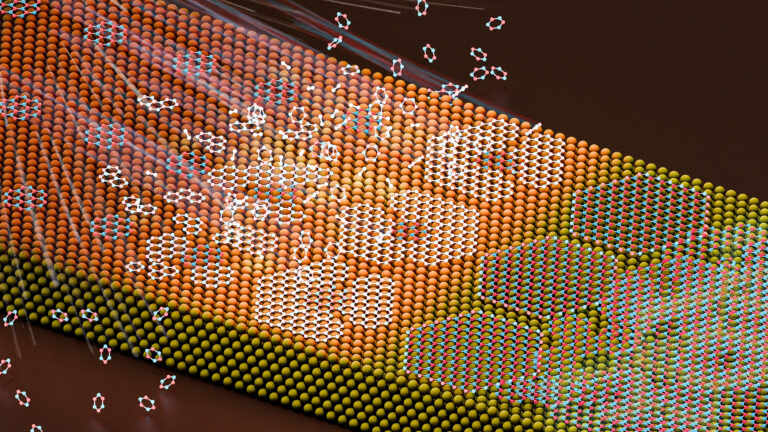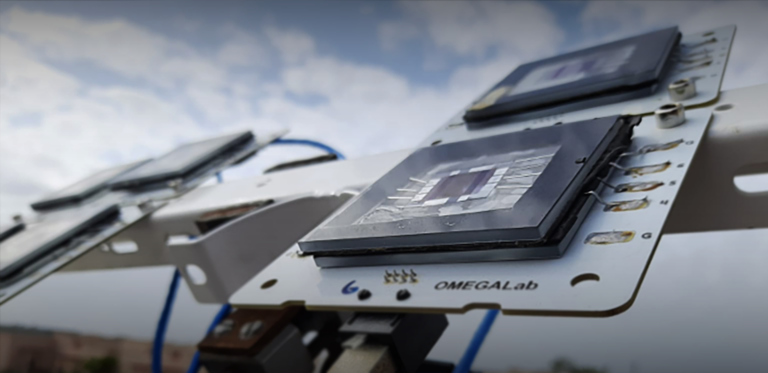Material Science and Engineering
A new spin on low-power data storage
Device controlled solely by voltage paves the way for spintronics with ultralow power consumption.

An improved ability to control the magnetization of electrodes made at KAUST from ferromagnets could help develop more energy-efficient devices for spintronic applications, including data storage technologies, wearable electronics and implantable medical devices.
Fueled by the demand for information storage technologies with increased capacity, miniature devices called magnetic tunnel junctions (MTJs) have emerged as a promising way to store large amounts of data.
MTJs consist of tiny ferromagnets separated by an ultrathin insulating layer. Their electrical resistance can be switched between low and high states—corresponding with the binary bits 0 and 1—and so can be used to store information in magnetoresistive random access memory and other spintronic devices.
Traditionally, this switching has used a magnetic field, a spin-orbit torque or a spin-transfer torque, which applies a high electric current density to the device that then dissipates large amounts of energy.
Now, Aitian Chen, KAUST colleagues and scientists from the National University of Defense Technology in China, have made MTJs on ferroelectric substrates. These can be controlled by voltage alone, resulting in a dramatic reduction in energy consumption.
“Integrating spintronics with multiferroics allows magnetic and electric properties of MTJs to be coupled and is a promising approach for the energy-efficient operation of MTJs,” explains Chen.
To control the voltage of MTJs, the researchers used KAUST’s advanced sputtering and lithography facilities first to deposit high-quality MTJ films onto the ferroelectric substrates. Next, they fabricated the devices using photolithography and ion milling.
Schematic top view of the sample structure with two pairs of AA and BB electrodes and reversible and nonvolatile full control of MTJs by voltage-driven 180 degrees magnetization switching. Reproduced with permission from reference one © 2019 AAAS
By applying voltage to the ferroelectric substrate, the team could switch the magnetization configuration of MTJs between antiparallel and parallel states, which correspond with high- and low-electrical resistance, respectively.
Using pairs of electrodes on the ferroelectric substrate to generate a piezostrain, they were able to modulate the magnetization of the ferromagnetic layer via strain-mediated magnetoelectric coupling.
“Currently, we require two electrode pairs to achieve full control of MTJs, but the operation is very complicated. We are now looking to simplify the operation by using only one pair of electrodes,” says Chen.
References
-
Chen, A., Zhao, Y., Wen, Y., Pan, L., Li, P. & Zhang, X.-X. Full voltage manipulation of the resistance of a magnetic tunnel junction. Science Advances 5, eaay5141 (2019).| article
You might also like

Material Science and Engineering
Electron movie guides design of layered perovskite materials

Material Science and Engineering
Remote region sensor for essential vitamin deficiency

Material Science and Engineering
Low-power hydrogen sensor detects leaks in an instant

Material Science and Engineering
Illuminating pathways to long-lived organic solar cells

Chemistry
Beating the dark current for safer X-ray imaging

Chemical Engineering
Net benefits for advanced materials design

Material Science and Engineering
Atom-thin insulator grown into perfect films

Material Science and Engineering




